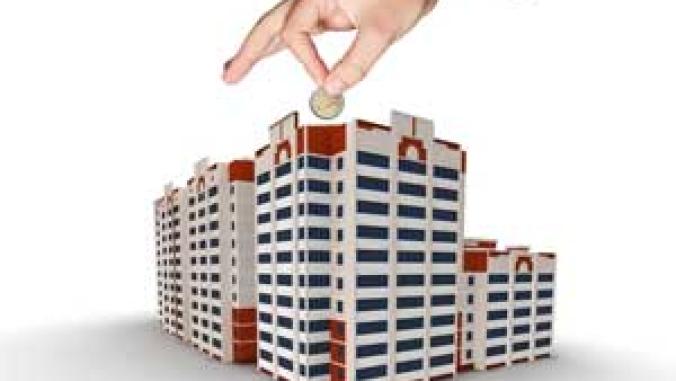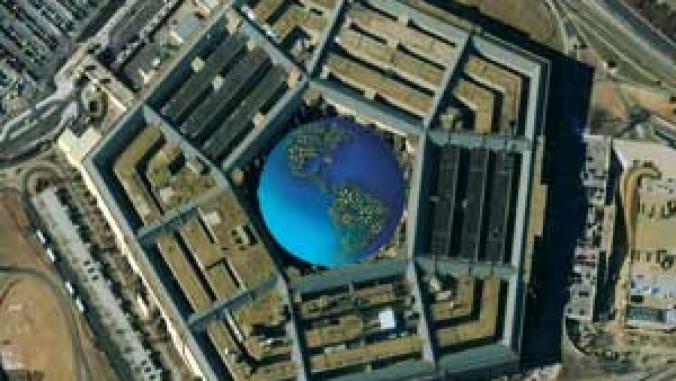Green Building Takes Off at Airports
<p>Green airports are in the news this week as the Indira Gandhi International Airport attains a LEED-Gold rating from the Indian Green Building Council and San Franciso International Airport opens a revamped terminal as a showcase for sustainable air travel.</p>

The Chinese get all the press for rapid construction, but the new Terminal 3 at Indira Gandhi International Airport in New Delhi has set a very high bar. Not only was this airport, designed to handle 34 million passengers per year, awarded LEED-Gold certification by the Indian Green Building Council, but it also was constructed in a mere 37 months.
By contrast, Terminal 3 of the Beijing airport, which was built for the 2008 Olympics to handle 45 million passengers per year, took 60 months to complete and to date has not received any environmental certification.
Green airports are in the news this week: The 640,000-square-foot renovated terminal at San Francisco International Airport, which opens to the public this weekend, is shooting for LEED-Gold certification. The terminal's principal tenants: Virgin America and American Airlines also have registered for LEED certification. Virgin America is aiming for LEED-Platinum certification of its offices in the new terminal and the American Airlines Admirals Club is seeking LEED-Silver certification.
Also this week, Groom Energy's Paul Baier reviews the Green Globes-certified Whole Foods store in Dedham, Mass. The store boasts a 400 kW fuel cell and an 80 kW solar array that together provide 90 percent of the stores energy needs. Waste heat from refrigeration cases is used to warm the water at the facility, and environmentally friendly construction materials were used throughout.
Those troublemakers at the Rocky Mountain Institute are at it again. All of that activity "reinventing fire" has lit one in their belly, this time aimed at improving energy modeling. I've written about the sad state of energy modeling before and, while the situation certainly has improved, the discipline is still misunderstood and poorly implemented the vast majority of the time.
Ironically, people who put complete faith in financial models (which make weather forecasting look like the Oracle of Delphi), consider energy modeling "black box voodoo" -- perhaps because it's based on those dismal sciences of physics and engineering. Or, maybe it's because -- let's be frank -- most (not all) energy modeling in the U.S. still sucks. The modeling software itself is underdeveloped relative to the progress in building design and engineering practice and very little recalibration of the algorithms based on actual detailed building performance measurement has been performed.
And, until LEED was launched, the only place energy modeling was done regularly was in California because of the performance option in Title 24, the state's energy efficiency standards for residential and nonresidential buildings. But even there, most projects opted for prescriptive code compliance.
Today's modelers themselves tend to be junior engineers with relatively little field or actual building design and engineering experience, so they can't really tell when they're experiencing GIGO (garbage in, garbage out) failure, because many modelers don't really understand how buildings work as a whole. Another huge problem is that most dynamic modeling still occurs when it's useless -- after the building has been completed, which is exactly the wrong time to do it.
As noted by many at the RMI event, owners don't really understand why modeling is done. Perhaps some analogies to financial or real estate investment are appropriate: Very few investors or developers would pick a stock portfolio or a real estate investment property without doing significant market analysis and, yes indeedy, modeling of the expected performance based on vetted variables that fall within realistic parameters. Few PFA (picked from the air) assumptions about financial performance would survive much scrutiny, so why shouldn't the same be true for physical and operating assumptions about a building's operational performance?
Of course, if LEED mandated the smart way to do it (hint: modeling must begin with design development and with clearly defined process rules and reasonable boundaries for key variables used), people would complain it's "too prescriptive." Here's hoping that this is one area where the USGBC's building performance initiative can really help.
I'm not going to do the "Grandpa Award" this week because I'm running out of room and time, and I want to write about Anto Budiardjo's piece about the smart grid. I think Budiardjo has it half right: The supply side is not the whole story of the smart grid, indeed I would argue it's less than a quarter. Power generation is derived demand and there are really very few times in a day, month, or year when the grid really cares what's going on on the other side of the meter, namely when the system begins reaching capacity.
In addition, the vast bulk of the energy-saving opportunity is on the demand side of the meter, as opposed to improving the heat rate or transmission efficiencies. Not that these areas of improvement are not important, it's just that they are at least an order of magnitude smaller than the opportunity in buildings and other electricity end uses. So if we're concerned about the integral rather than the derivative, we should focus on the demand side of the equation and think of buildings looking within themselves or reaching out to other buildings to share capacity -- not unlike the virtualization revolution in IT -- as the principal challenge confronting the "smart grid."
Images of San Francisco International Airport's Terminal 2 courtesy of Gensler





